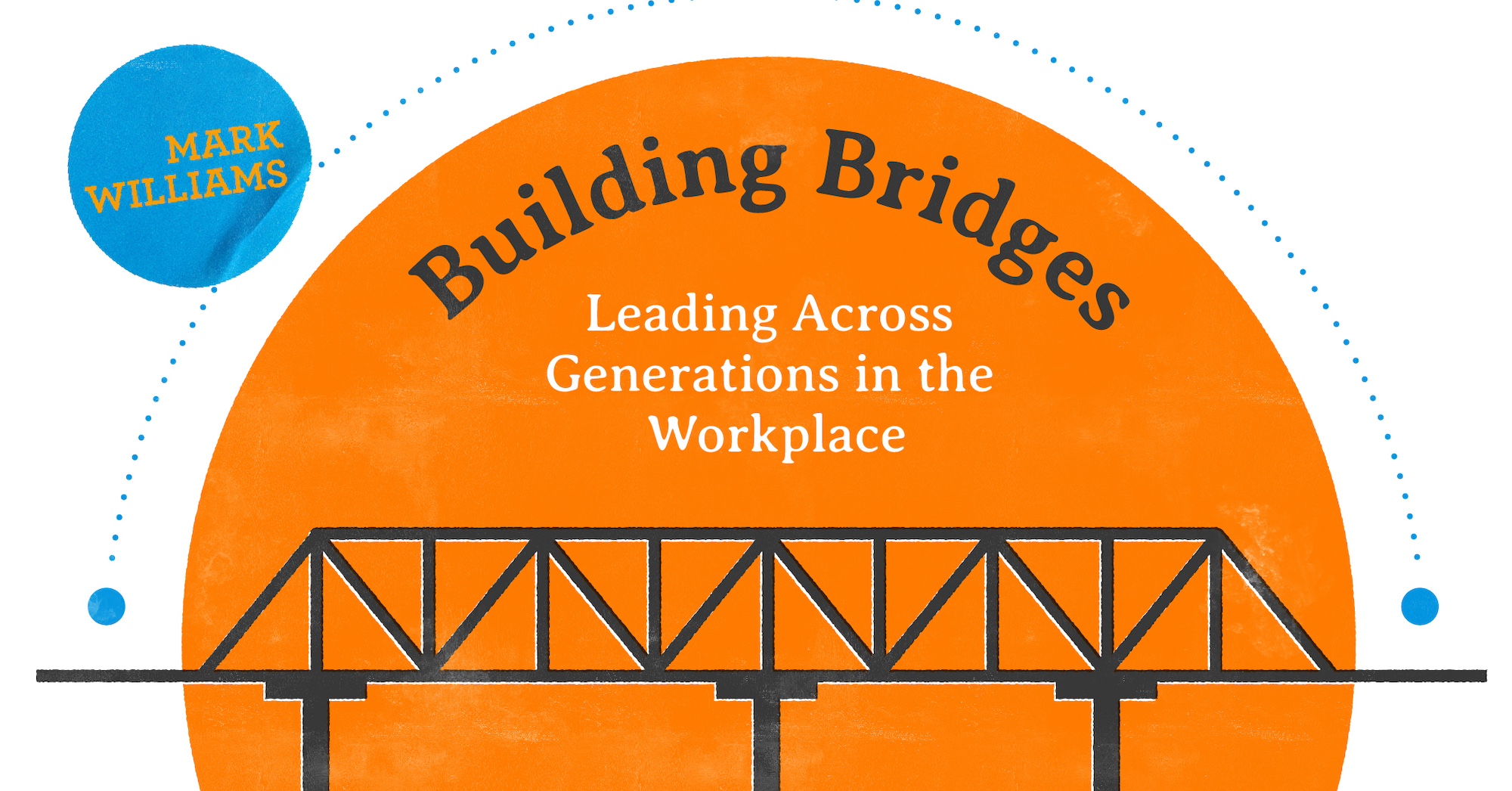In today’s diverse workforce, leaders are tasked with navigating the intricate landscape of multiple generations working side by side. It’s a challenge that requires not just understanding, but empathy and adaptability. Leading across generations isn’t about erasing differences; it’s about building bridges that connect, inspire and empower every member of your team.
Each generation brings its unique perspectives, values, and communication styles to the table. Baby Boomers, Gen Xers, Millennials, and Gen Zers all have distinct preferences and expectations shaped by their life experiences. As a leader, recognizing and respecting these differences is crucial to fostering collaboration and harmony within your team.
Bridging the generation gap starts with cultivating a culture of inclusivity and mutual respect. It’s about creating an environment where every individual feels valued and heard, regardless of age. Acknowledge the strengths and contributions of each generation and encourage them to share their insights and ideas openly.
Effective communication lies at the heart of bridging generational divides. Tailor your communication strategies to accommodate the preferences of different age groups. While older employees may prefer face-to-face interactions or phone calls, younger workers might lean towards digital communication channels like email or instant messaging. By adapting your communication style to meet the needs of your team members, you foster stronger connections and facilitate smoother collaboration.
Be sure to recognize the importance of mentorship and reverse mentorship in bridging the generation gap. Encourage cross-generational learning experiences where older employees can impart their wisdom and expertise to younger colleagues, while also being open to learning from the fresh perspectives and tech-savvy skills of the younger generation. By facilitating knowledge exchange and mentorship opportunities, you foster a culture of continuous learning and growth that benefits everyone involved.
Leading across generations also requires a willingness to challenge stereotypes and biases. Avoid making assumptions based on age and instead focus on individual strengths, talents, and potential. Create opportunities for intergenerational teams to work together on projects, fostering collaboration and breaking down barriers.
Leading across generations is both a challenge and an opportunity for growth. By embracing diversity, fostering open communication, promoting mentorship, and challenging stereotypes, you can bridge the generation gap in the workplace and create a more inclusive and harmonious environment where every member of your team can thrive.

